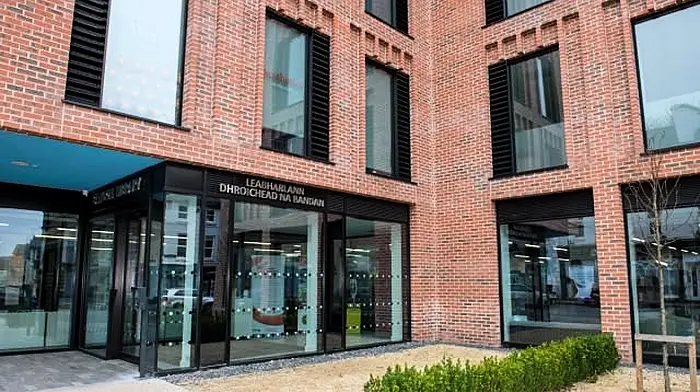
THE same event can have very different meanings to different people, as the following story hopefully illustrates.
The story relates to Dr Alexander Chapman, a Canadian therapist specialising in dialectical behaviour therapy (DBT). On his website, he talks about a bike ride on one beautiful morning to a lovely mountain lake. As he was cycling home, happy and planning his next visit to the lake, a car suddenly appeared in front of him. He slammed on his brakes, but it was too late, and he came crashing down to the footpath on his head.
Fortunately for Chapman, he was wearing a helmet. He could feel moisture all around him and ‘had the fleeting thought that I was bleeding to death’, but it was only moisture coming from his water bottle, which had broken in the fall.
‘I was pretty shaken’, he writes, ‘but I somehow gathered my wits, told the horrified driver that I was OK, and proceeded to continue to bike home’.
Later, he told his teenage son what had happened. Before he had even finished the story, his son exclaimed, ‘And people saw you! The worst thing about it is that people saw you!’
Talking to his son, he realised ‘just how differently our brains work’. Even if dozens of people had witnessed his fall, it would never have occurred to Chapman that was the worst thing about the experience. For him, the worst thing was that he could have broken his neck, had a serious brain injury, or hurt himself in some other way.
In contrast, his teenage son was focused on the idea of social embarrassment.
Many parents, says Chapman, sometimes see their teenagers as ‘almost like a different species’, worrying and dwelling and interpreting things ‘in ways that we never would have imagined’. Teenagers often ‘spend an awful lot of time and energy thinking about how others are thinking of them’, a kind of ‘heavy-duty social focus’ that can be exhausting. It is, he adds, crucial that parents make the effort to interpret and understand their world.
‘I could view my son’s worry about other people seeing me as a profound lack of concern about my well-being’, he writes. ‘After all, he never actually asked if I was OK (maybe he took that as a given, as I seemed OK, wasn’t limping, falling over or talking gibberish, and was making my lunch and chatting with him like I normally do). Alternatively, I could try to understand that he has a different brain than I do, and that one of my jobs is to understand that brain so that I can be as supportive and helpful as possible.’
Beliefs
These are sound parenting tips, but there is a broader point, namely that our brains filter the world through our own unique set of experiences and beliefs. What might seem trivial to one person may feel monumental to another, depending on how they’ve been conditioned to view the world.
We all experience the world through our own cognitive filters. Core beliefs, often formed in childhood and strengthened through repeated experiences, shape how we interpret and respond to situations. For example, someone who grew up with the belief that they must always succeed may perceive even minor setbacks as catastrophic failures, while someone with a more flexible view of success may see the same situation as an opportunity to learn.
These filters explain why people often have such different reactions to the same event. Two people witnessing the same accident may walk away with entirely different takeaways: one may focus on the physical danger involved, while another may dwell on imagined emotional or social consequences.
We all have different mental lenses through which we view the world. It’s easy to assume everyone sees things the way we do, but in reality, each of us is navigating life through our own mental maps.
Stepping outside our own world-view and considering another person’s perspective is key to fostering more meaningful connections. Whether we’re trying to support a loved one, work with a colleague, or simply understand someone’s actions, acknowledging the differences in how we perceive the world is a vital first step.








